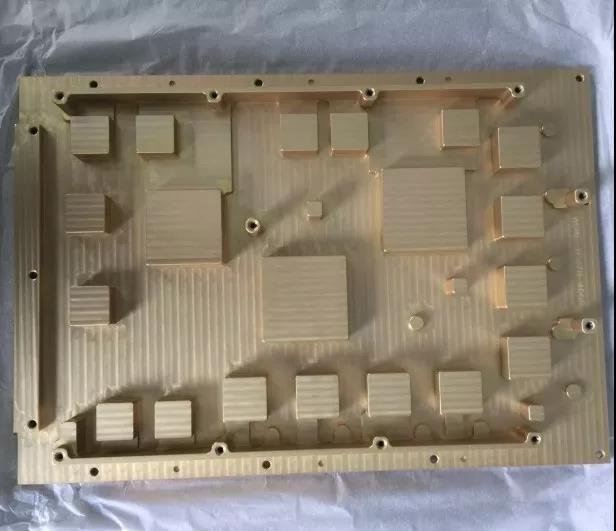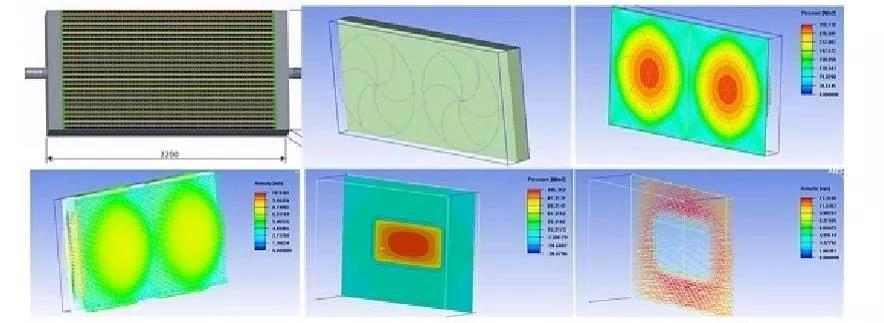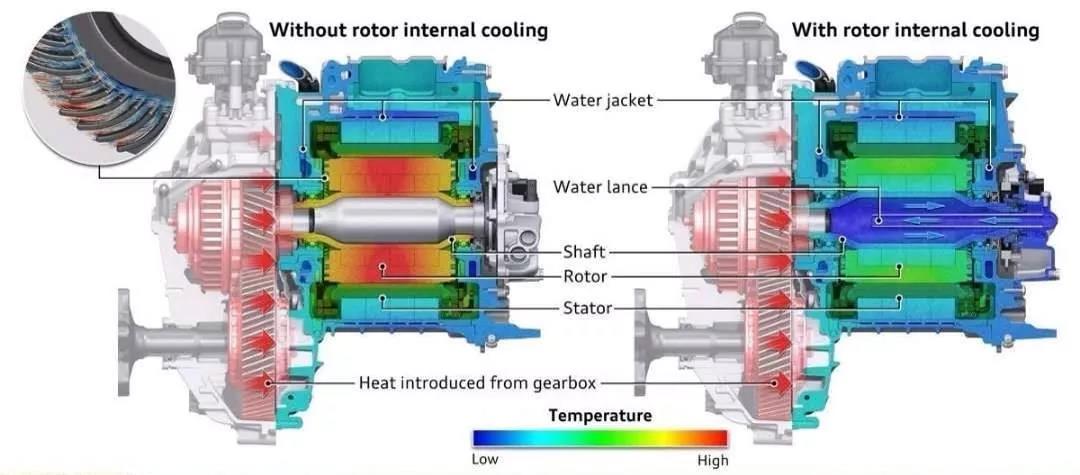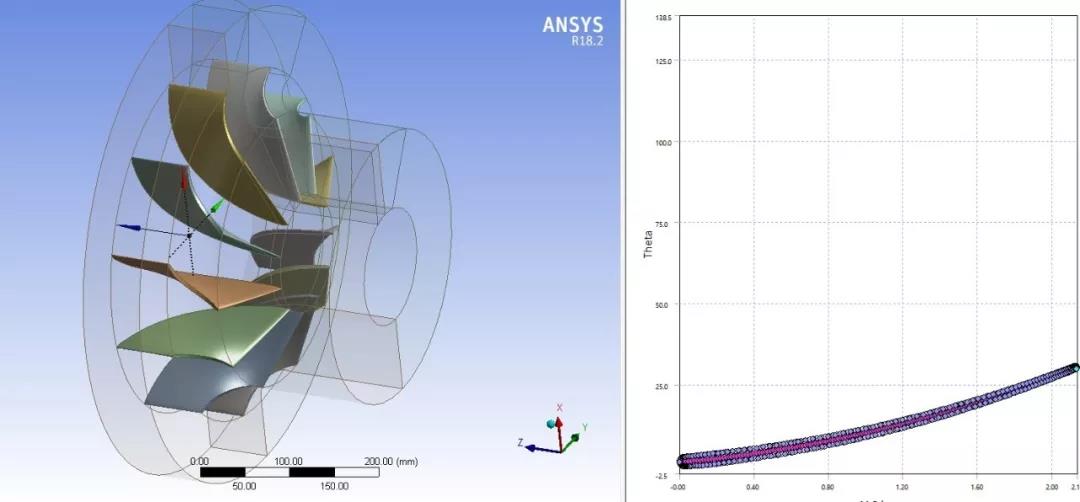Is there still a chance for the wind turbine industry?
Is there still a chance for the wind turbine industry? This is indeed a topic worth discussing. Before discussing the fan, we first classify the fan: according to the level of the exhaust pressure, the fan can be divided into a compressor, a blower, a fan. The exhaust pressure of the compressor is higher than 34.3×10^4 Pa, the exhaust pressure of the blower is 11.27×10^4 ~34.3×10^4Pa, and the exhaust pressure of the fan is lower than 11.27×10^4 Pa. The fans mentioned in this article refer to ventilation fans.

Figure 1 A supplier's board type temperature equalization board

Figure 2 CFD simulation of wind power external cooling radiator
(4) Automotive sector: Whether it is a traditional car or a new energy car, thermal management has always been one of the most important core technologies. According to the function, it is divided into engine thermal management, air conditioning system and cabin thermal management, battery thermal management (fuel cell hydrothermal management), motor thermal management and controller system thermal management. Taking the thermal management system diagram of a hybrid vehicle as an example, the ambient wind needs to be supplied to the HVAC system, the ICE thermal management system, and the electric drive system according to the temperature gradient. Considering changes in the outdoor environment and changes in the driving state of the car, the opening of each damper is always in dynamic adjustment, and the wind resistance (pipe network characteristics) and air volume are also constantly changing, which makes the working point of the fan constantly Variety. Some literatures have compared the efficiency of the centrifugal fan used in new energy vehicles, the dimensionless air volume coefficient, the dimensionless static pressure coefficient and the potential heat dissipation effect. Finally, the suggestion is that the fan should be designed with flow and static pressure in this scenario. priority.

Figure 3 Thermal management system diagram of a hybrid car
In the field of Thermal, the automotive industry has always been a hot spot for cooling technology. The latest cooling technology for Audi drive motors uses liquid cooling, Tesla's Battery Pack and some modules on the PCB also use liquid cooling.

Figure 4 Liquid cooling CFD simulation results of a new energy vehicle
(5) The field of motors and generators is also an industry dominated by air-cooling. However, as far as the current situation is concerned, the design level of cooling fans for conventional motors and general alternators is still far from that of other industries. Or because mainstream products are not standardized, or because the market value is too small and scattered, the mainstream wind turbine design manufacturers are not very concerned about this field. The characteristics of this type of product are: 1) the fan is fixed on the rotor, and the working frequency of the rotor is fixed; 2) the boundary conditions at the inlet and outlet ends of the fan are confusing. As a result of the Matthew effect, the fan design in the field of conventional motors or alternators has been in a relatively lagging state.

Figure 5 Design of a weak axial flow centrifugal fan
The author has been engaged in technical work in the fields of engineering vehicles, avionics, wind power and other fields for nearly ten years. He has contacted various types of fans, ranging from axial fans for cabinets to large axial fans with a diameter of more than 1 m. In the meantime, a lot of CFD analysis work was done. The largest impeller was simulated from a wind turbine with a diameter of about 150 meters, but the impeller design of the wind turbine was designed to absorb air kinetic energy.

Figure 6 Simulation of aerodynamic performance of a wind turbine blade
